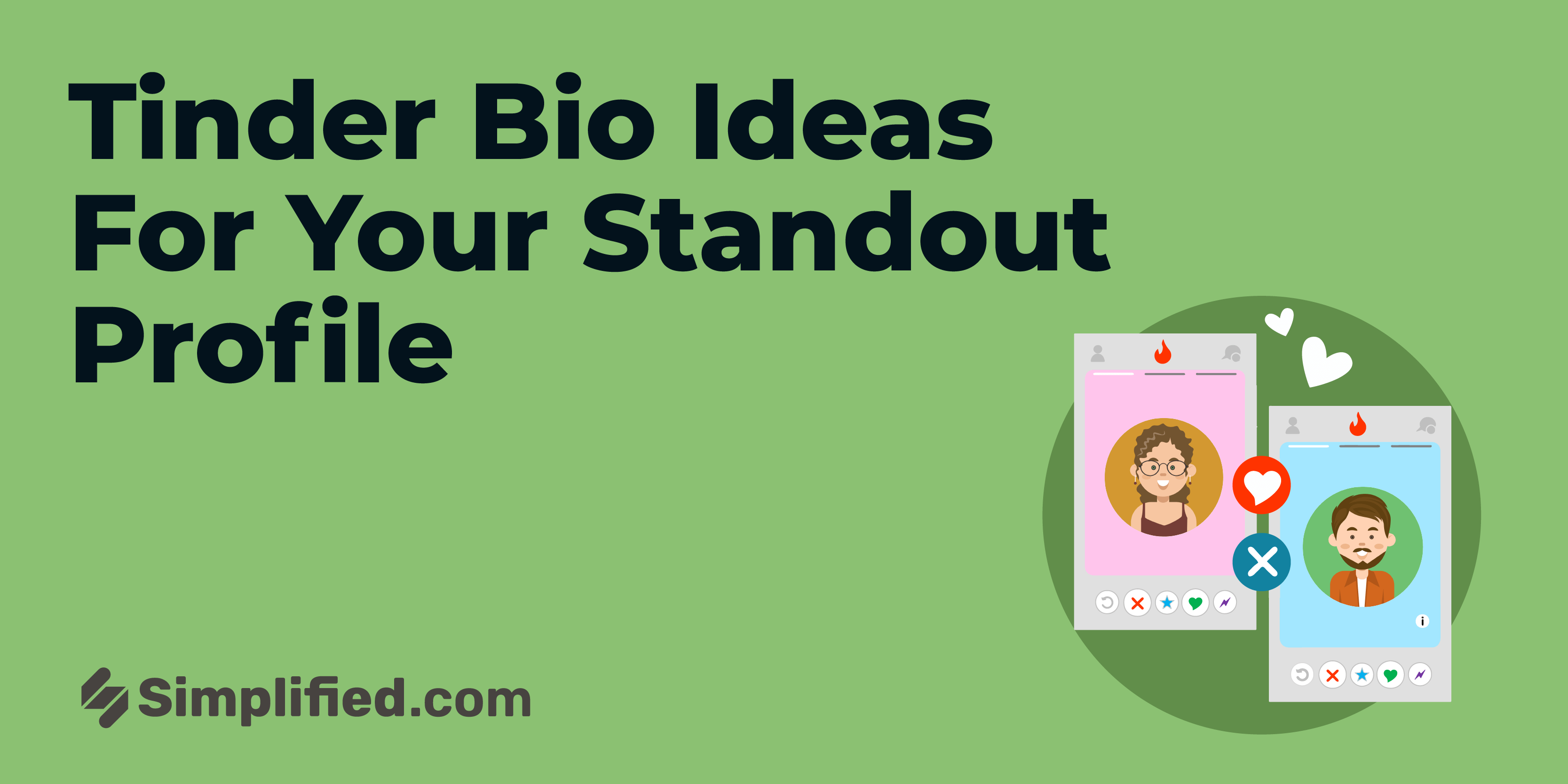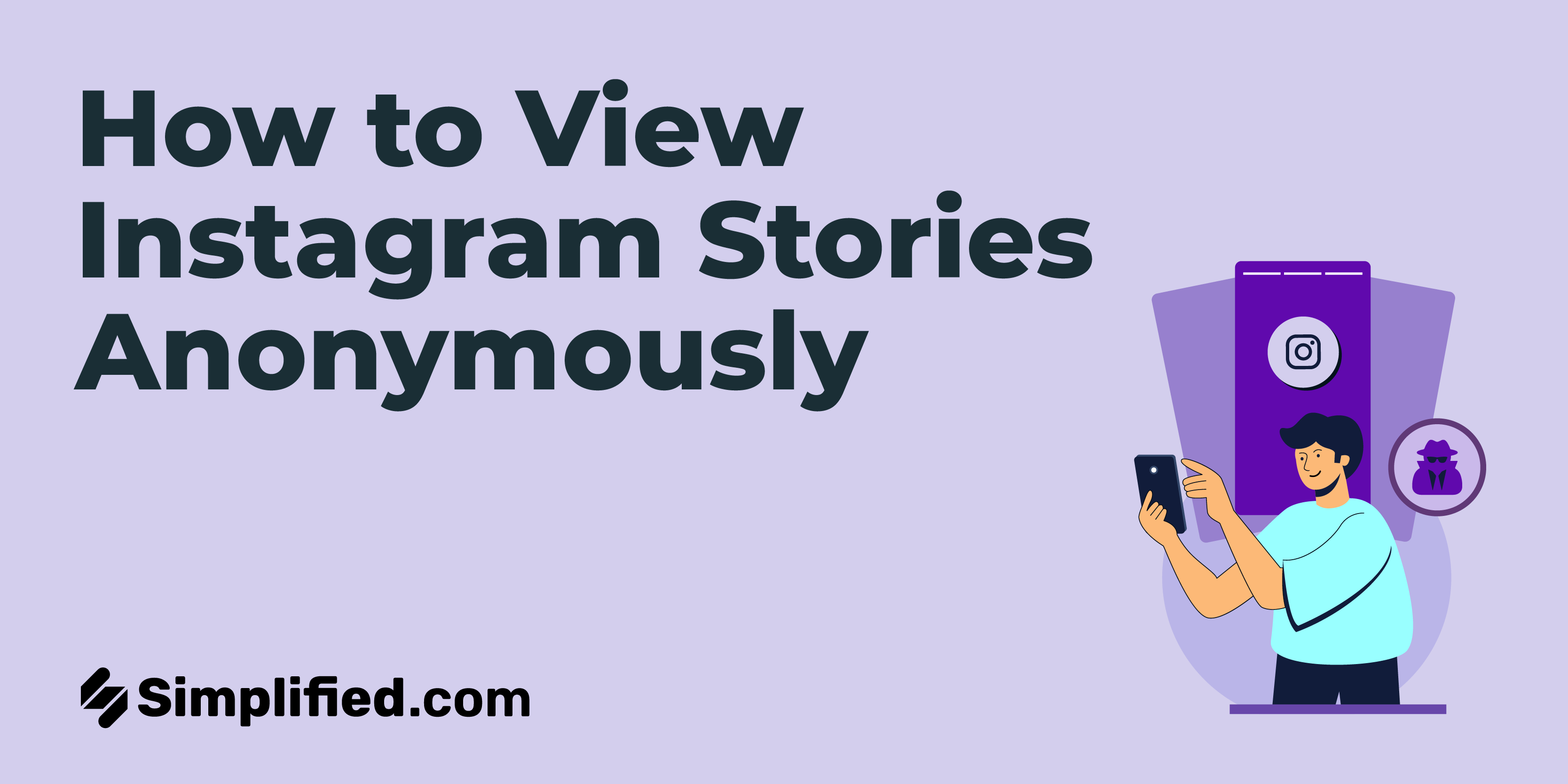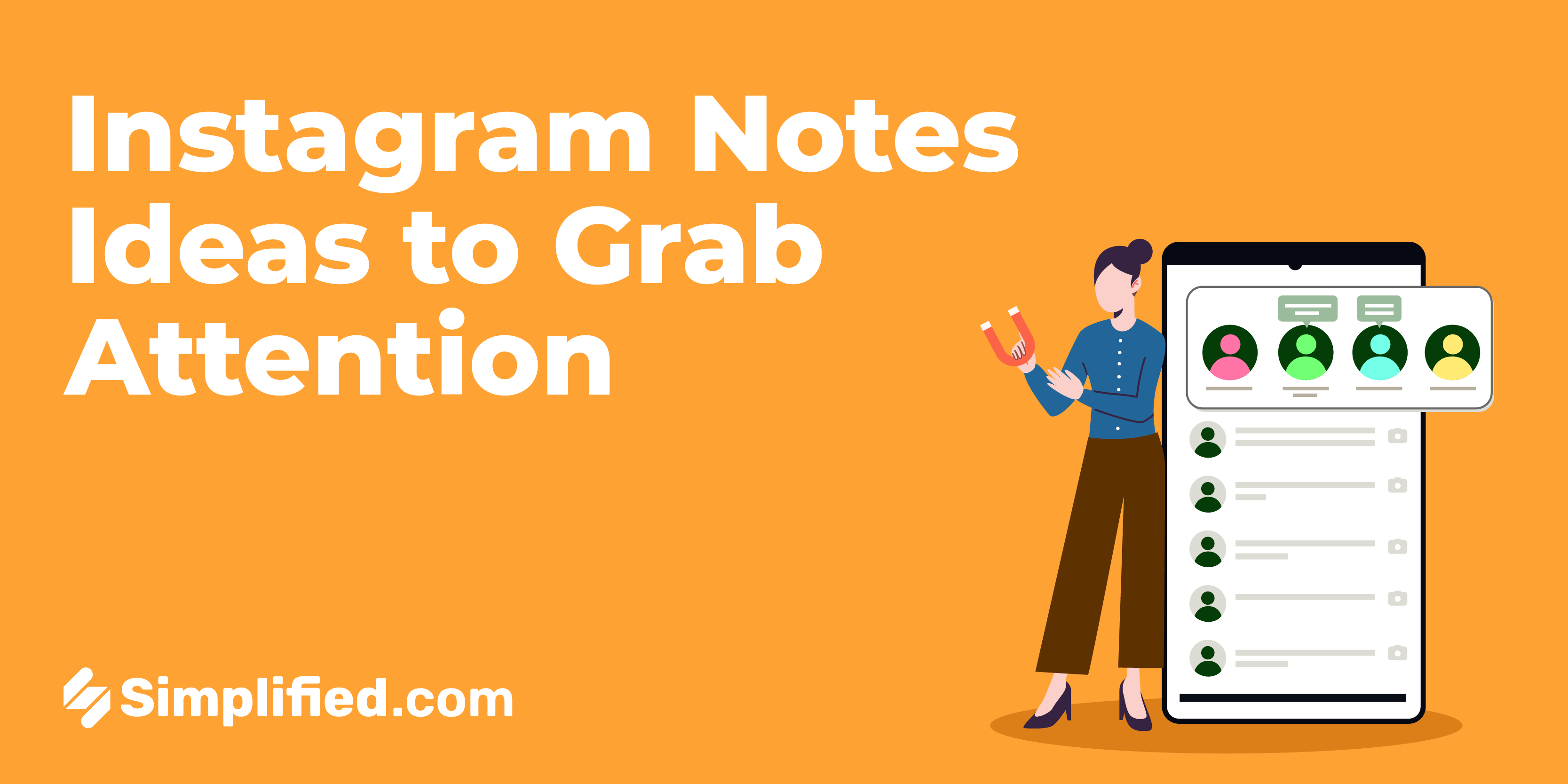Native advertising is a strategy used in social media marketing where paid content seamlessly blends in with the platform's organic content. Unlike traditional banner ads or pop-ups, native ads are designed to look and feel like a natural part of a user's social media experience. They match the visual style and tone of the content that surrounds them, making them less intrusive and more engaging.
Types of Native Advertising in Social Media:
1. In-Feed Ads: These appear in a user's social media feed, just like regular posts. They are labeled as "sponsored" but resemble typical content in terms of format and appearance.
2. Sponsored Content: Brands create content that is in line with a platform's regular content but is marked as "sponsored" or "promoted." This content can include articles, videos, and more.
3. Recommendation Widgets: Often found at the end of articles or posts, these widgets suggest additional content that may interest the reader. They are typically labeled as "recommended for you."
4. Custom Content: Brands collaborate with social media influencers or publishers to create content that fits seamlessly into the influencer's feed, maintaining authenticity.
Tips to Use Native Advertising on Social Media:
Effective use of native advertising requires a clear strategy and an understanding of your target audience. Here are steps to utilize native advertising successfully:
1. Know Your Audience: Understanding your audience's preferences and behaviors is crucial. Native ads should resonate with the interests of your target demographic.
2. Platform Selection: Each social media platform has its own format and style. Tailor your native ads to match the specific platform you're using.
3. High-Quality Content: Create engaging and informative content that provides value to the audience. This can be in the form of articles, videos, or images.
4. Transparency: Be transparent about the sponsored nature of your content. This builds trust with your audience.
5. A/B Testing: Regularly test different ad formats, headlines, and visuals to determine what works best for your audience.
6. Monitor and Adjust: Keep an eye on your ad performance metrics and make adjustments as necessary to optimize your campaigns.
The Significance of Native Advertising for Businesses:
Native advertising offers several advantages for businesses and social media managers:
1. Higher Engagement: Native ads blend seamlessly with organic content, leading to higher engagement rates compared to traditional ads.
2. Improved User Experience: Users find native ads less intrusive, resulting in a more positive overall experience on social media.
3. Increased Conversions: Well-crafted native ads that provide value can lead to higher conversion rates.
4. Brand Awareness: Native advertising helps in creating brand awareness and trust among the audience.
.webp)













